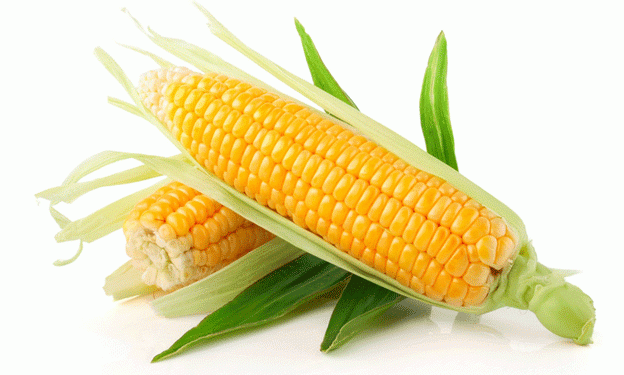U.S. Corn Makes a Comeback in Russia: A Small Shipment with Big Implications
In January 2025, the United States resumed corn exports to Russia after a nearly three-year suspension. According to U.S. Customs data cited by RIA and Sfera.fm, the total shipment amounted to $55,500, marking the first delivery since March 2022, when exports reached $44,900.
Though these numbers may seem small, their significance lies in the broader agricultural and geopolitical context. U.S. corn exports had been halted amid geopolitical tensions, sanctions, and logistical disruptions following early 2022. The new shipment suggests a limited but notable reopening of agricultural trade channels between the two countries.
At the same time, global corn prices have been on the rise. According to the U.S. Department of Agriculture (USDA) and market analysis from Trading Economics, the average export price of U.S. corn increased by more than 35% year-on-year due to a combination of factors: tightening global supplies, weather-related yield reductions in South America, and steady demand from top buyers like Mexico, Japan, and South Korea.
In January 2025, the U.S. exported a total of $1.5 billion worth of corn, maintaining its position as the world’s leading corn exporter. While Russia has traditionally sourced most of its corn from Ukraine, South America, and increasingly its own domestic production, niche imports like this one could fill specific market gaps — such as for seed corn, feedstock for specialized livestock, or high-quality processed corn products.
This development comes as Russia also continues to strengthen its domestic hybrid corn seed sector, with varieties like Krasnodarsky 291 AMV becoming market leaders. However, certain segments of the feed and processing industries may still benefit from select imports, especially when global trade conditions ease.
A Signal, Not a Surge — But Worth Watching
While the return of U.S. corn to the Russian market is currently modest in volume, it could mark the beginning of renewed trade engagement in agricultural commodities, especially as global demand patterns shift and markets look to diversify supply chains. For farmers, agribusinesses, and trade analysts, such movements — even small ones — are worth monitoring, as they often precede larger shifts in policy or demand.
Understanding these subtle changes can help stakeholders better position themselves in an increasingly interconnected and unpredictable global agricultural market.
Error





